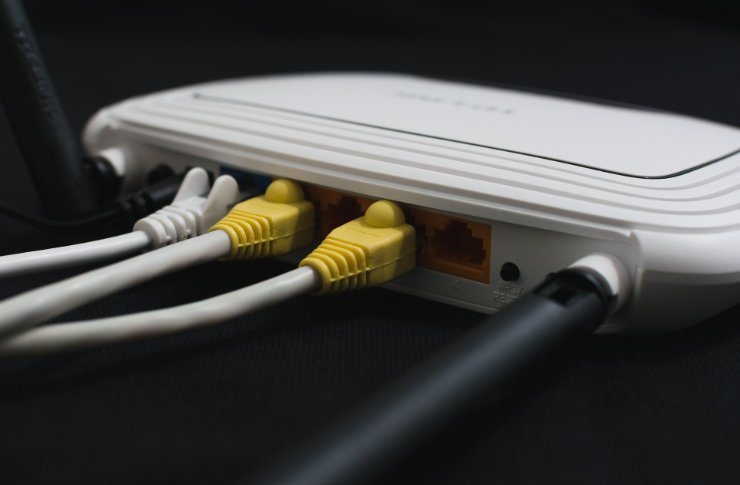The Era of Terahertz Communication: Beyond 5G and 6G
Imagine a world where data transfer speeds are so fast, they're measured not in gigabits, but in terabits per second. This isn't science fiction—it's the promise of terahertz communication, a groundbreaking technology poised to revolutionize how we connect and communicate. As we stand on the cusp of this new frontier, let's explore the potential, challenges, and implications of harnessing the terahertz spectrum for next-generation connectivity.

The allure of terahertz communication lies in its potential to offer data rates that dwarf current technologies. While 5G aims for peak speeds of 20 Gbps, terahertz systems could theoretically achieve speeds of 1 Tbps or more. This massive increase in bandwidth could support applications we can barely imagine today, from holographic telepresence to instantaneous cloud computing.
The Technical Hurdles
Despite its promise, terahertz communication faces significant technical challenges. One of the primary obstacles is atmospheric absorption. Water vapor in the air absorbs terahertz waves, limiting their range. This means that terahertz systems may initially be more suitable for short-range, high-capacity links rather than long-distance communication.
Another challenge lies in developing efficient and compact terahertz transmitters and receivers. Current prototypes are often bulky and power-hungry, making them impractical for widespread deployment. Researchers are exploring various approaches, including the use of graphene and other advanced materials, to create more efficient terahertz components.
Potential Applications
The ultra-high bandwidth of terahertz communication opens up a world of possibilities. In data centers, terahertz links could provide wireless connections between servers, eliminating the need for complex cable management systems. In healthcare, terahertz imaging could offer non-invasive diagnostic tools with unprecedented resolution. For consumers, terahertz technology could enable seamless augmented reality experiences and instantaneous data transfer between devices.
One particularly exciting application is in vehicular communication. As autonomous vehicles become more prevalent, the need for ultra-fast, low-latency communication between vehicles and infrastructure will be critical. Terahertz links could provide the necessary bandwidth and speed to make real-time decision-making in complex traffic scenarios possible.
Regulatory and Security Considerations
As with any new technology, the development of terahertz communication systems will require careful consideration of regulatory and security issues. The allocation of spectrum for terahertz communication is still in its early stages, and international bodies will need to work together to establish standards and guidelines.
Security is another crucial concern. The highly directional nature of terahertz beams could potentially make them more secure against eavesdropping than current wireless technologies. However, new encryption and security protocols will need to be developed to protect against potential vulnerabilities specific to terahertz systems.
The Path Forward
While terahertz communication is still in its infancy, research and development in this field are accelerating rapidly. Major tech companies and telecommunications providers are investing heavily in terahertz technology, recognizing its potential to shape the future of wireless communication.
As we move forward, collaboration between academia, industry, and regulatory bodies will be crucial in overcoming the technical and logistical challenges of implementing terahertz systems. The development of international standards will be essential to ensure interoperability and facilitate global adoption.
Implications for Society and Industry
The advent of terahertz communication could have far-reaching implications for society and industry. In urban environments, it could enable smart city initiatives on an unprecedented scale, with real-time data collection and analysis across entire metropolitan areas. In manufacturing, terahertz links could support advanced automation and quality control processes, improving efficiency and reducing costs.
For individual consumers, the impact could be equally transformative. Imagine downloading a full-length 4K movie in seconds, or experiencing virtual reality environments so immersive and responsive that they’re indistinguishable from the real world. Terahertz communication could make these scenarios a reality.
Conclusion
As we stand on the brink of the terahertz era, it’s clear that this technology has the potential to redefine our understanding of connectivity. While significant challenges remain, the promise of terahertz communication is too great to ignore. As researchers continue to push the boundaries of what’s possible, we can look forward to a future where the constraints of bandwidth and latency are a thing of the past, and the only limit to our connected experiences is our imagination.





